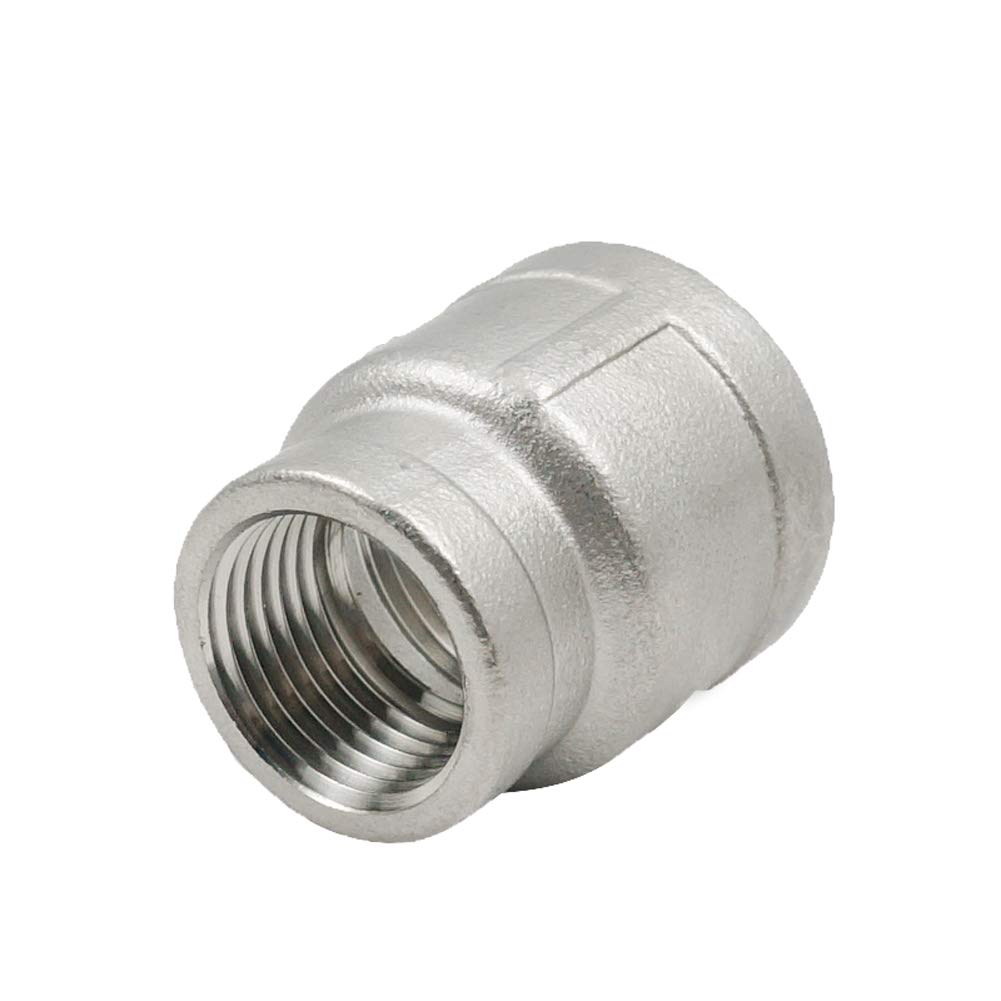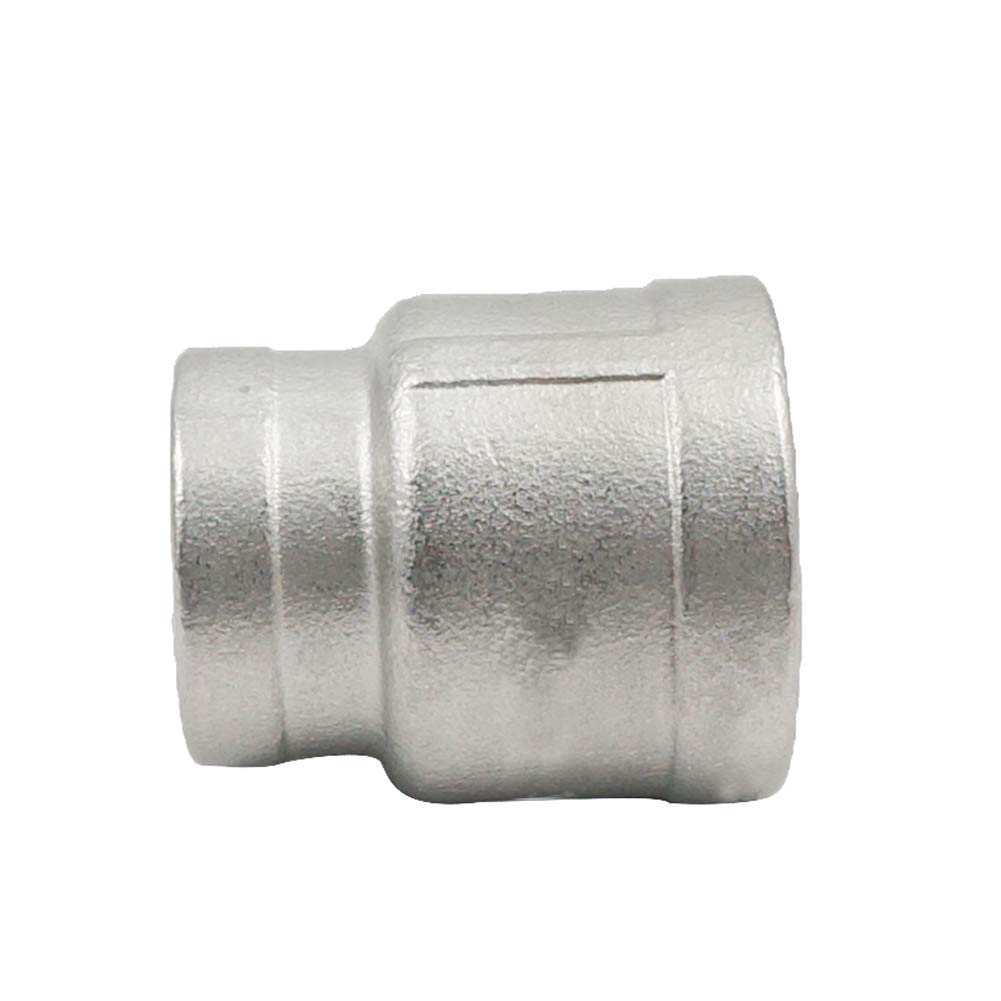Product Description
Custom Ductile Iron Pipe Fittings OEM Elbow Tee Reducer :
1.Product Parameter:
| Product Name: | ISO2531 EN545 EN598 Ductile Iron Pipe Fittings |
| Standard: | ISO2531 EN545 EN598 |
| Size: | DN80-DN2600 |
| Material: | Ductile Iron |
| Pressure: | PN10/PN16/PN25/PN40 |
| Surface Treatment: |
Inside and Outside both CHINAMFG bonded epoxy coating |
| Connection Mode: | T type (push on joint), K- type, Flange type, Self-restrained type |
| Application: | Portable Water systems Wastewater systems Irrigation systems |
| Fitting Type: | Socket bend, Flanged bend, Socket and Flanged Tee, Flanged socket, Socket taper, blank flanges, as well as Flanged adaptor, coupling, dismantling joints, Fitting for PVC pipes and Other pipeline accessories |
| Packing: | Plywood Case,Plywood Pallet |
| Delivery time: | 40-60days |
2.Production Process and Our workshop:
3.Packing and Transportation
4.Main Product Range:
5.Certification:
6.Why Choose us?
1)Industry leader:
Our Factory has been specilized in Pipeline Products since 2004.With decades of development, CHINAMFG possesses 20 engineers, 200 experienced workers and 25 professional sales team and has supplied pipeline products, solution and services to over 30 countries.Quality is strictly Controlled and gauranteed.
2)Large Productivity
Our Factory’ productivity is large and stock for some of the pipe fittings is also available. so the mass production lead time is short.
3)VIP Service
Professional Technical engineers and sales teams gaurantee the quality and service.
4)OEM is also available
7.FAQ:
Q1:What certificate do you have?
A: We have ISO 9001, CE certificate.
Q2. Can I get free samples?
A: Yes, The free samples can be offered for free.
Q3. Can I have my own Logo on the product?
A: Yes, Simple logo design is available based on not small order quantity.
Q4: Can I have my own customized product?
A: Yes, your customized requirements for color, size, mark, etc.
Q5: Can you produce the products according to my own drawing?
A: Yes, we can produce the products according to your drawing.
Q6: How long is your delivery time?
A: Generally it is about 30-45days depends on the order quantity.
Q7:What’s your product range?
A:Forged Pipe Fitting,Butt welding Pipe Fitting,Pipe Clamps,Ductile Iron Groove Pipe Fitting,OEM Parts,Valves
/* January 22, 2571 19:08:37 */!function(){function s(e,r){var a,o={};try{e&&e.split(“,”).forEach(function(e,t){e&&(a=e.match(/(.*?):(.*)$/))&&1

Can a Reducer Coupling be Threaded or Welded onto Pipes?
Yes, a reducer coupling can be either threaded or welded onto pipes, depending on the specific design and intended application. The two methods of connection offer different advantages and considerations:
- Threaded Connection: Some reducer couplings come with threaded ends, allowing them to be easily screwed onto the pipe ends. This type of connection is convenient for systems that may need disassembly or reconfiguration in the future. Threaded couplings can be installed and removed without requiring specialized tools or welding equipment. However, it is essential to use thread sealants or Teflon tape to ensure a tight and leak-free connection.
- Welded Connection: In some applications, it may be more appropriate to weld the reducer coupling onto the pipes. This method provides a permanent and robust connection that is well-suited for high-pressure or critical systems. Welded joints offer excellent strength and sealing, making them less prone to leaks compared to threaded connections. However, welding requires specialized skills and equipment, and the process can be more time-consuming and irreversible.
The choice between threaded and welded connections depends on various factors, including the system’s pressure and temperature requirements, the pipe material, and the level of permanence desired. Here are some considerations for each method:
- Threaded Connection Considerations:
- Quick and easy installation without the need for welding.
- May be suitable for low to medium pressure systems.
- Threaded joints may require periodic inspection and re-tightening to maintain their integrity.
- Potential for leakage if not properly sealed or maintained.
- Welded Connection Considerations:
- Provides a permanent and reliable connection.
- Well-suited for high-pressure and critical systems.
- Minimal risk of leakage when welded correctly.
- Requires skilled welders and proper welding equipment.
- Difficult to disassemble or modify once welded.
When choosing between threaded and welded connections for a reducer coupling, it is crucial to consider the specific requirements of the system, as well as the available resources and expertise for installation. Consulting with qualified engineers or professionals can help determine the most suitable connection method for a given application.

How to Select the Right Reducer Coupling Material Based on the Fluid Being Conveyed?
Choosing the appropriate material for a reducer coupling is crucial to ensure its compatibility with the fluid being conveyed in plumbing and piping systems. The choice of material depends on factors such as the type of fluid, temperature, pressure, and the surrounding environment. Here are some guidelines to help you select the right reducer coupling material:
- 1. Identify the Fluid: Determine the type of fluid that will flow through the piping system. Different fluids have varying chemical compositions and properties, which can affect the material’s corrosion resistance and overall performance.
- 2. Consider Corrosion Resistance: If the conveyed fluid is corrosive or contains chemicals that can react with certain materials, choose a reducer coupling material with excellent corrosion resistance. For corrosive environments, materials like stainless steel, PVC, CPVC, or certain types of alloys are often preferred.
- 3. Temperature and Pressure: Evaluate the operating temperature and pressure of the system. Some materials may have limitations in extreme temperatures or high-pressure conditions. Ensure the selected material can withstand the specific operating conditions.
- 4. Fluid Compatibility: Check if the material is compatible with the specific fluid to avoid any adverse reactions that could compromise the coupling’s integrity or contaminate the conveyed fluid.
- 5. Environmental Factors: Consider the surrounding environment, including exposure to UV radiation, outdoor elements, or potential impact on the material’s mechanical properties.
- 6. Regulatory Requirements: Ensure that the selected material complies with any industry standards or certifications required for the intended application, especially if the system conveys potable water or is subject to specific regulations.
Common materials used for reducer couplings include:
- Stainless Steel: Offers excellent corrosion resistance and is suitable for a wide range of fluids, making it a popular choice for many applications.
- PVC and CPVC: These materials are lightweight and corrosion-resistant, making them ideal for non-corrosive fluid conveyance and low-pressure systems.
- Brass: Known for its durability and resistance to dezincification, brass is often used for water and gas applications.
- Copper: Suitable for water and gas systems, copper is resistant to corrosion and has antimicrobial properties.
- Carbon Steel: Provides strength and durability but may require corrosion protection in some environments.
- Alloys: Various alloy materials offer enhanced properties such as higher corrosion resistance or better mechanical strength compared to individual metals.
Consulting with a knowledgeable engineer or a professional in the field can be beneficial in making the right material selection for your specific plumbing or piping system. Proper material selection ensures the reducer coupling’s reliability and longevity, as well as the overall integrity of the fluid conveyance system.

Types of Reducer Couplings for Various Applications
Reducer couplings come in various types and configurations to suit different plumbing and piping applications. Some of the common types of reducer couplings include:
- Threaded Reducer Coupling: This type of reducer coupling has external male threads on one end and internal female threads on the other end. It is used for connecting pipes with threaded ends of different sizes.
- Socket Reducer Coupling: A socket reducer coupling, also known as a solvent-weld reducer coupling, is designed for use with plastic pipes, such as PVC or CPVC. It is used to join pipes with different diameters using solvent cement.
- Compression Reducer Coupling: Compression reducer couplings are used for connecting pipes with compression fittings. They provide a leak-proof connection and are commonly used in water supply systems.
- Flanged Reducer Coupling: Flanged reducer couplings have flanges on both ends, and they are used for connecting pipes with flanged ends of different sizes. They are often used in large-scale industrial applications.
- Push-Fit Reducer Coupling: This type of reducer coupling is designed for quick and easy installation without the need for any special tools. It is commonly used in plumbing systems that utilize push-fit fittings.
- Expansion Reducer Coupling: Expansion reducer couplings are used in systems that experience thermal expansion and contraction. They allow for the dimensional changes without causing stress on the pipes.
The choice of the right type of reducer coupling depends on the specific application, the materials of the pipes being connected, and the joining method used in the plumbing or piping system. It is essential to select a reducer coupling that provides a secure and reliable connection while ensuring smooth flow transition between pipes of different diameters.


editor by CX 2024-03-14
by
Leave a Reply